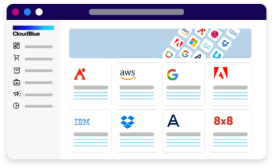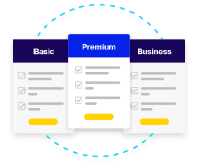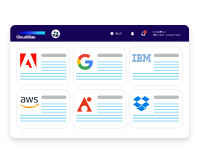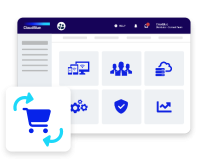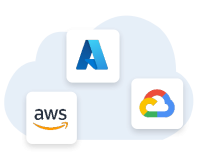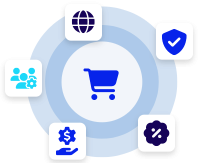Reporting & Analytics refer to the processes, tools, and techniques used to gather, analyze, and present data in a meaningful and actionable way. These practices help businesses derive insights, make informed decisions, and monitor performance based on the available data.
Reporting involves the creation and presentation of data in a structured format, typically in the form of reports or dashboards. Reports provide a summary of data, often in a standardized format, and communicate key information or metrics relevant to a specific audience or purpose. Reports can be generated periodically, such as daily, weekly, monthly, or on-demand, depending on the reporting needs.
Analytics, on the other hand, goes beyond reporting by focusing on analyzing data to uncover patterns, trends, correlations, and insights. Analytics involves the use of various statistical and computational techniques to extract meaning from data, identify relationships, and discover actionable insights. It often involves more advanced data manipulation, modeling, and visualization techniques to gain a deeper understanding of the data and its implications.
The benefits of reporting and analytics include:
- Data-Driven Decision Making: Reporting and analytics enable businesses to make informed decisions based on data rather than relying solely on intuition or guesswork. By analyzing and interpreting data, businesses can gain insights into customer behavior, market trends, operational performance, and other critical factors that drive business success.
- Performance Monitoring: Reporting and analytics provide a means to monitor and track key performance indicators (KPIs) and metrics across different areas of the business. By regularly reviewing and analyzing performance data, businesses can identify areas of strength, detect potential issues or bottlenecks, and take appropriate actions to improve performance.
- Identifying Opportunities and Challenges: Reporting and analytics help identify opportunities for growth, cost savings, process improvements, or market expansion. By analyzing data, businesses can uncover hidden patterns or correlations that reveal new possibilities or highlight potential challenges. This allows proactive planning and strategizing to capitalize on opportunities and mitigate risks.
- Evaluation and Optimization: Reporting and analytics enable businesses to evaluate the effectiveness of their strategies, campaigns, or initiatives. By measuring and analyzing relevant metrics, businesses can identify what works and what doesn’t, allowing them to optimize their efforts and allocate resources more effectively.
- Data Visualization and Communication: Reporting and analytics often involve visualizing data through charts, graphs, and dashboards. Visual representations make it easier to understand complex data, identify trends, and communicate insights to stakeholders. Effective data visualization facilitates quicker comprehension and decision-making.
- Forecasting and Predictive Insights: Advanced analytics techniques, such as predictive modeling and forecasting, help businesses anticipate future trends, customer behavior, or market demand. By leveraging historical data and statistical algorithms, businesses can generate forecasts, identify potential risks or opportunities, and make data-driven predictions to guide strategic planning and resource allocation.
- Continuous Improvement: Reporting and analytics support a culture of continuous improvement by providing feedback and insights for ongoing evaluation and refinement. By monitoring performance metrics and analyzing data, businesses can identify areas for improvement, set goals, and track progress over time.

